It’s Super Bowl Sunday and I’m finally back home in New York City. I had an incredible time at the RootsTech conference and figured it might be nice to recap the week a bit. This post will be part 1, covering everything up through Thursday night, and later this week I’ll post the second installment.
I spent Monday at the Family History Library in Salt Lake City. One of the perks of RootsTech taking place in SLC is that it allows all of the visiting genealogists to spend some time doing research at the world-renowned FHL. After a full day of searching my paternal Cassarà line in Mistretta, Sicily, I boarded the Frontrunner train to Provo where I managed to grab dinner with Brooke Schreier Ganz and Tammy Hepps, two of the most remarkable genealogical minds I’ve encountered.
Tammy’s site/story-sharing platform, Treelines.com, was such a terrific addition to the community when it won the RootsTech Developer Challenge in 2013, but I was particularly intrigued to learn of the in-depth research (and reporting) she’s doing on her site, Homestead Hebrews, chronicling the Jewish community of Homestead, Pennsylvania. The site is a stellar example of how contemporary technology can bring records, pictures, stories and memories to life, in a vivid and remarkable manner.
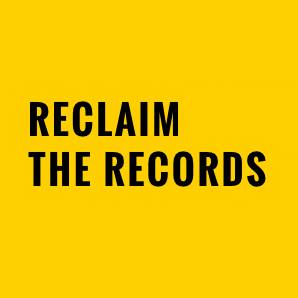 In recent months, Brooke has turned the genealogical community on its head and, if you’re not already following the progress of her organization, Reclaim The Records, then you are missing out in a major way. Reclaim The Records is *successfully* filing Freedom of Information Act requests, liberating data from state agencies, and making it available on a large-scale. I can’t wait to see what they go after next and I know I speak for many when I express my immense gratitude for the outstanding work they are doing.
In recent months, Brooke has turned the genealogical community on its head and, if you’re not already following the progress of her organization, Reclaim The Records, then you are missing out in a major way. Reclaim The Records is *successfully* filing Freedom of Information Act requests, liberating data from state agencies, and making it available on a large-scale. I can’t wait to see what they go after next and I know I speak for many when I express my immense gratitude for the outstanding work they are doing.
Wednesday night brought two group dinners at …The Olive Garden. The first was a small gathering for members of The Guild of One-Name Studies, organized by our chairman, Paul Howes. The 7 of us in attendance are overseeing surname studies on these unique surnames: Boddie (Drew Smith of the Genealogy Guys Podcast), Colt/Coult (FamilySearch’s Darris Williams), Cuono (studied by yours truly), Howes, Keough (studied by Tessa Keough, whose contributions to the Guild’s first-ever booth at RootsTech were beyond invaluable), Pikholz (studied by Jerusalem-based Israel Pickholtz, whose book is on my must-read list) and Stoops (studied by Yolanda Campbell Lifter, who focuses on research in my native Ohio). We discussed our studies and enjoyed each other’s company, along with, perhaps, a few too-many breadsticks.
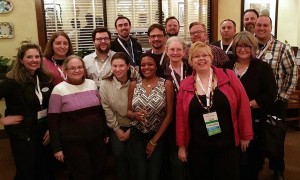
As the GOONS (as those of us in the Guild are sometimes known) dinner concluded, I headed to another part of the restaurant for the tail-end of the NextGen Genealogy Network dinner. I was happy to see some familiar faces, and also to meet some new folks. NextGen was founded in 2013 to “create a community for other young genealogists”. I have to say, given how solitary an activity doing genealogical research can be, it’s always really wonderful to meet and connect with other like-minded researchers.
Following the good conversation and carb-loading, I turned in for the night – eagerly anticipating Thursday morning’s keynotes and kick-offs. Eastman’s Online Genealogy Blog has a terrific recap of Thursday’s RootsTech keynotes and other activities – and numerous videos, including the keynote addresses, have been uploaded to RootsTech.org, with more to follow soon. The Ancestry Insider also has a great post on Steve Rockwood’s keynote, along with some exciting statistics on this year’s RootsTech attendees.
On Thursday morning I attended my first session, “Free At Last: Irish Records, So Peculiar, So Cheap”, presented by John Grenham (who literally wrote the book on the subject) and he captivated the packed room as he discussed the foundations of Irish research, and the latest and greatest in available records.
As this was the first year that the Guild of One-Name Studies had a booth at RootsTech, attending members of the Guild were called upon to volunteer when available. Though I’ve attended every RootsTech since 2012, I’ve never gotten to wear the “exhibitor” hat and I greatly enjoyed the opportunity to speak with people one-on-one and tell them more about the Guild. It was an extremely successful outing and I believe that many dozens of one-name studies will be registered as a result of our presence and the pro-active nature of our members and participants. After my shift, I headed over to see the aforementioned Tammy Hepps speak on “The Ancestor Deep Dive”, and she wowed the audience with her approach to research methodology and case-study examples from her site. I finished the day listening to Geoff Rasmussen speak about the new Google Photos, and how he’s been using it for his own photo collections. Although definitive photo organization remains a constant struggle and challenge, I always enjoy hearing Geoff’s thoughts on the matter and, though it’s a few years old at this point, his book Digital Imaging Essentials is a must-read for anyone concerned with preserving and organizing their photo collection.
I’ll post a recap for Friday and Saturday later this week, but – suffice it to say – I think this was my favorite RootsTech so far – the conference just keeps getting better and better. As I head back into the real world, this week, I’m extremely grateful to have had the chance to see my genealogy friends, make some new ones, learn some new things, share a bit, and spend some precious time on my own research.

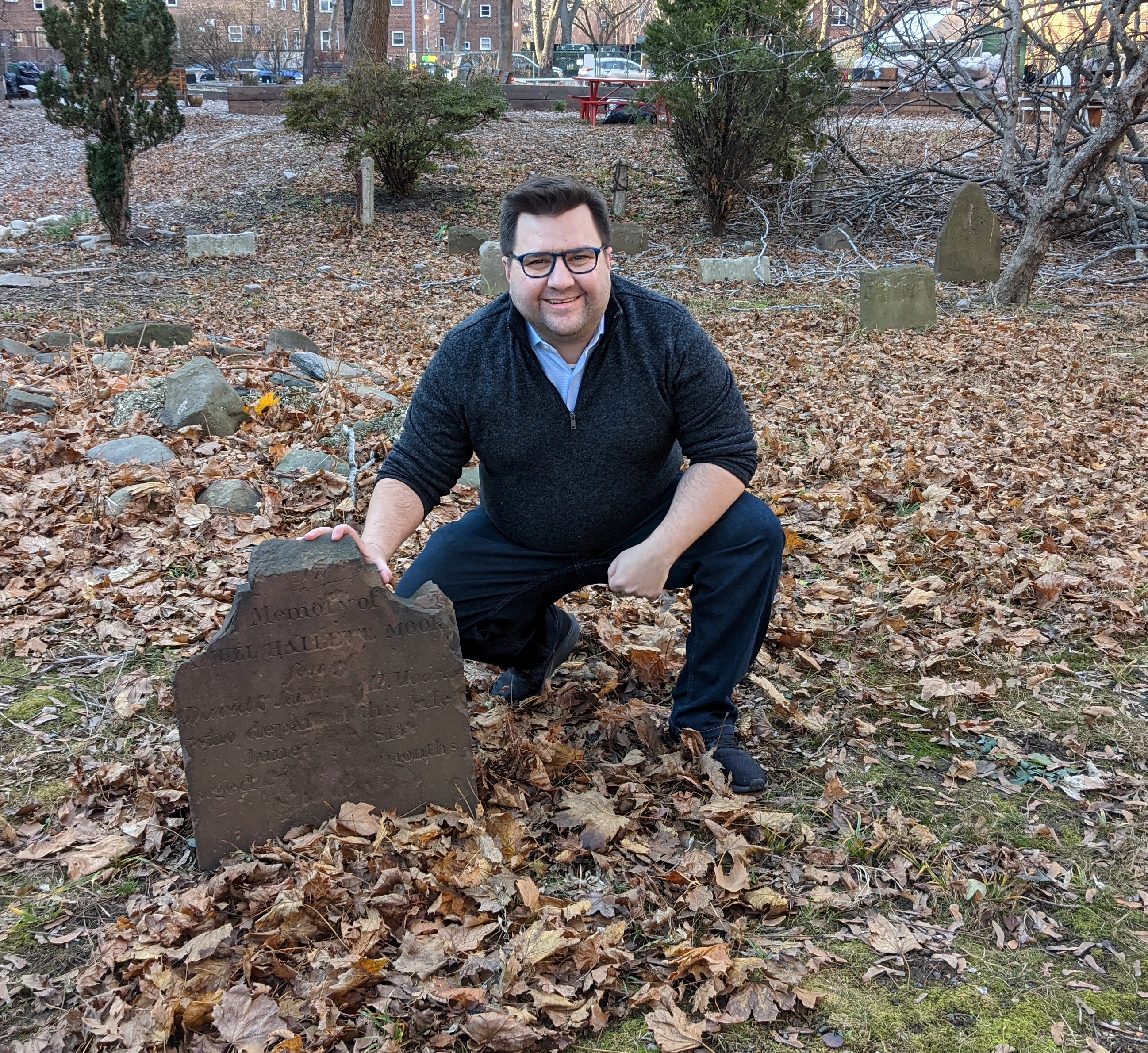
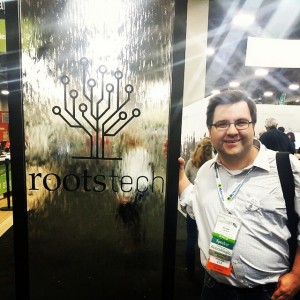
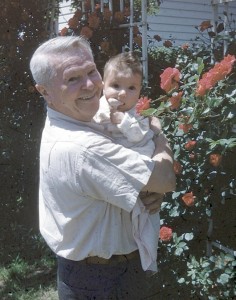
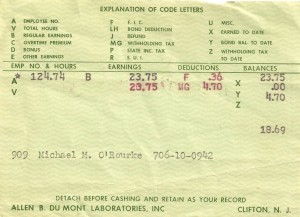 As luck would have it, during Christmas, 2012, I was home in Cleveland and discovered a loose sheet of paper among some family photos. I’m still not positive as to what it may have been – maybe some kind of pay-stub (perhaps one of you in the blogosphere will have a better idea) but staring right at me was my great-grandfather’s Social Security Number.
As luck would have it, during Christmas, 2012, I was home in Cleveland and discovered a loose sheet of paper among some family photos. I’m still not positive as to what it may have been – maybe some kind of pay-stub (perhaps one of you in the blogosphere will have a better idea) but staring right at me was my great-grandfather’s Social Security Number. Additionally, it seems the Railroad Board required official vital record documents to prove age, marriage length, etc. – so the documents that were sent to me include copies of death certificates for both my great-grandmother and my great-grandfather, and also their marriage certificate and extracts from church-issued baptismal certificates (used to prove age, I would imagine.)
Additionally, it seems the Railroad Board required official vital record documents to prove age, marriage length, etc. – so the documents that were sent to me include copies of death certificates for both my great-grandmother and my great-grandfather, and also their marriage certificate and extracts from church-issued baptismal certificates (used to prove age, I would imagine.)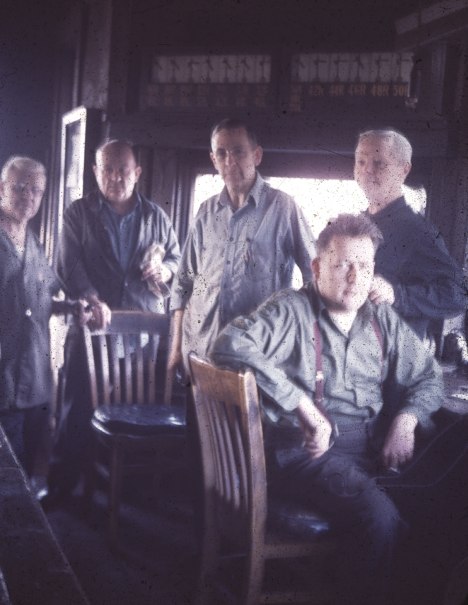
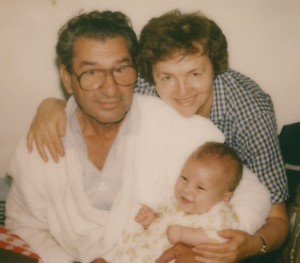
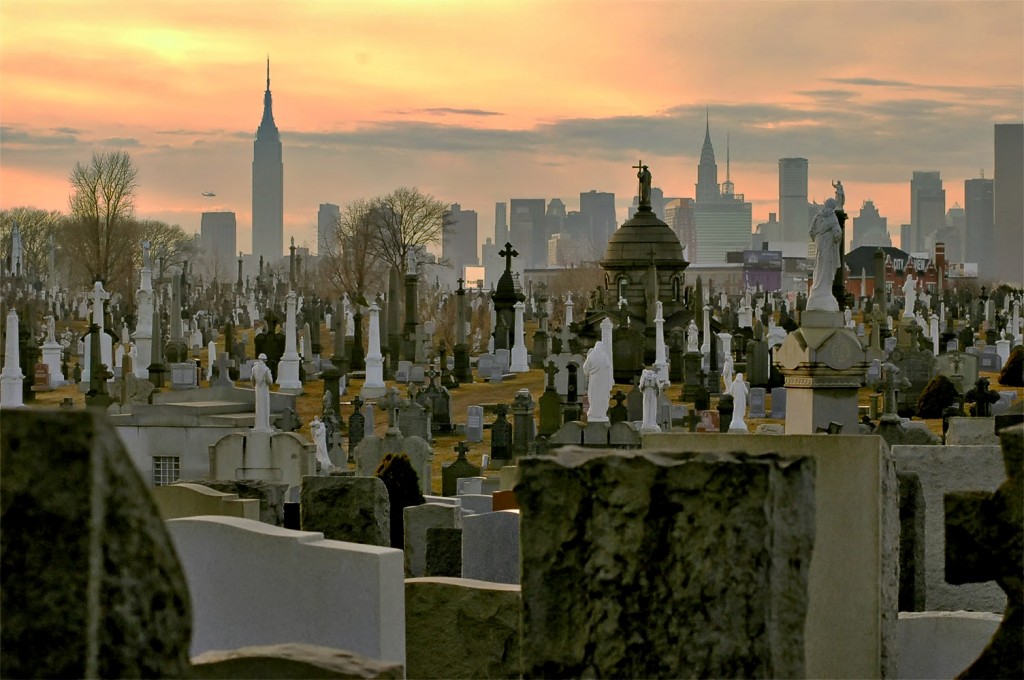
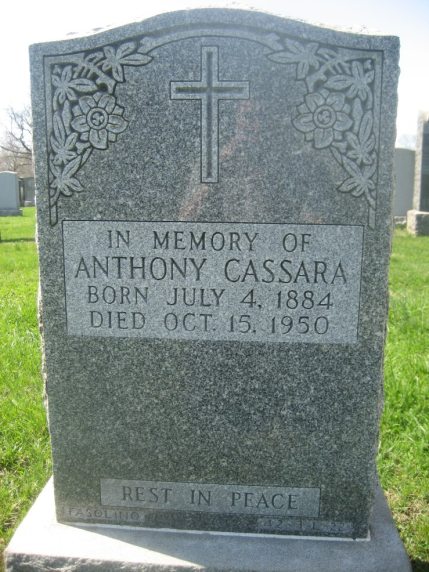
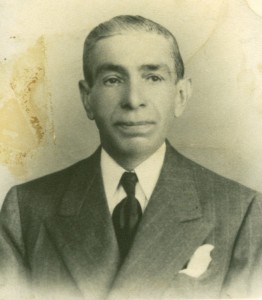
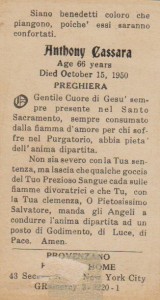 Rochester, NY. At my prolonged nagging, we finally took a trip to the cemetery where his mother was buried. Grandpa told me he hadn’t been there since she was buried – it had been almost 40 years. It’s the only time I ever remember him crying. He said “thank you for bringing me here”, we paid our respects, and we left. To this day, it’s one of the most vivid memories involving my family that I have. That was the day that my budding fascination with genealogy became less about names and places and facts and more about trying to understand the lives of those who have come before us. It became an intensely personal thing, and no longer a faceless attempt at gathering data.
Rochester, NY. At my prolonged nagging, we finally took a trip to the cemetery where his mother was buried. Grandpa told me he hadn’t been there since she was buried – it had been almost 40 years. It’s the only time I ever remember him crying. He said “thank you for bringing me here”, we paid our respects, and we left. To this day, it’s one of the most vivid memories involving my family that I have. That was the day that my budding fascination with genealogy became less about names and places and facts and more about trying to understand the lives of those who have come before us. It became an intensely personal thing, and no longer a faceless attempt at gathering data.